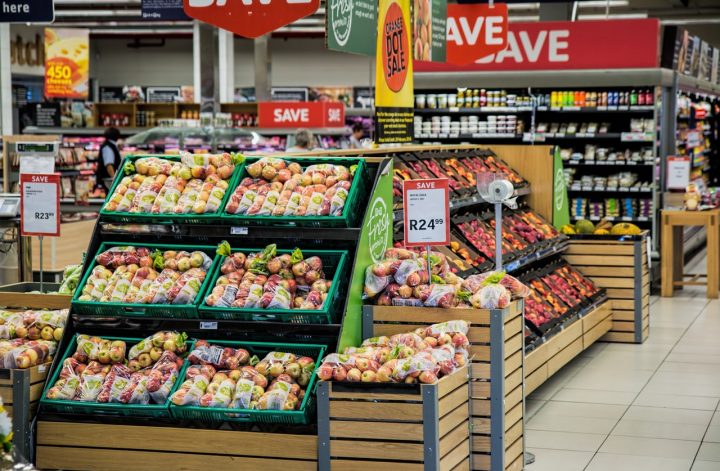A merchant category code is a four-digit code assigned by international standards for retail financial transactions. An MCC is utilized to classify an organization by the kinds of products or services it offers. The term “merchant category code” (MCC) is sometimes used interchangeably with the International Standard Organization (ISO). Some other common names are International Standard Merchant Account Number (ISSN), Standard Merchant Account Number (SMA), and International Standard Organization Identification Number (ISIN).
Provide crucial information for both a buyer and a seller
One important feature of the merchant category codes is that they can provide crucial information for both a buyer and a seller. Buyers need to be able to identify a particular company and to find out whether it sells legal goods or illegal goods. Sellers, meanwhile, need to know which countries accept their items, and how much it will cost them to ship their merchandise to buyers located in other countries. For instance, if the seller wants to sell gold jewelry in Japan, the MCC would have a bearing on the price. Conversely, an MCC will not have any bearing on the price a person pays for gold jewelry in Canada, for instance.
Many organizations around the world have been able to use merchant category codes to assist them in international sales. For example, the United States Conference of Mayors and the United States Chamber of Commerce jointly developed the 1099 report. The 1099 Report classifies various merchandise as legal or illegal for each country. The information is used by buyers and sellers alike to facilitate smooth transactions. 1099 also helps in international trade because it enables businesses to accurately classify merchandise by country and even by continent.
In the US, the MCCs classify food service stations as “chargeable goods.” This means that customers must pay for beverages and snacks they consume, and for anything else they buy at the service station. Drug stores are not chargeable goods. Pharmacies are included in the “safe” category, but not all pharmacies can sell drugs. MCCs for these types of institutions are established in the US and other countries, such as Canada.

For many years, the MCCs classifies “rewards,” such as cashback and rewards, as “commerce-related expenses.” That means that merchants and other institutions must report each of their customer charges to the MCC. However, the newest classification, which is “rewards-based income,” has been introduced recently. This simply means that the MCC classifies the earnings from rewards and various other sources, such as the sale of gift cards and other items, as “rewards” instead of “commerce-related expenses.” The new code, 8584, was introduced in 2021. A person can have a different class of MCC if they make purchases with credit cards rather than cash or with checks.
The 8584 designation, which is sometimes referred to as the merchant category code, means that the institution is required to report the income earned on the sale of goods and services by using credit cards. It is based on the markup or regularity charged for certain goods and services. If the regularity rate is greater than twenty percent, the transaction is considered to be eligible for inclusion in the regular class of income for that consumer. If it is less than twenty percent, the income will be categorized as “other revenue.” The purpose of the interchange rate for this class of income is to classify the income more fairly between consumers.
High-risk men is another term that is sometimes used when it comes to the interchange rates for credit-card transactions. high-risk men are those that regularly charge high interchange rates for the credit-card transactions of a business. When a business earns a large income through such purchases, the business will be classified as being in the high-risk category, which can result in an increase in costs when it comes to payments for purchases.
Other interchange rates that will be considered by merchants for their businesses include ones that apply to domestic purchases and imports. These rates are also classified according to the classification of income of the consumer involved. If the customer has been classified as an “other consumer,” the merchant category code will be what is known as a “high-risk” purchase, and the purchase will be subject to more than just regular sales tax rates. The classification of income that these purchases are reported under may be “high-risk” for one reason or another, but when a merchant earns a large amount through such purchases, it is often what is called a “regularly-employed-consumer” and there are fewer restrictions on how the regular income is reported.




